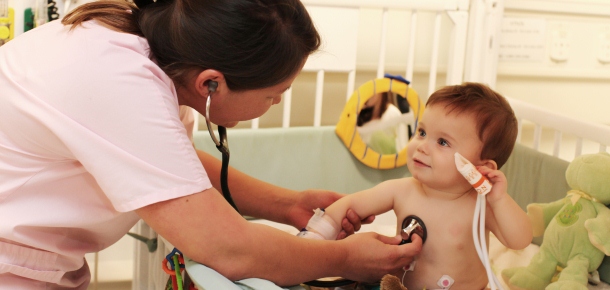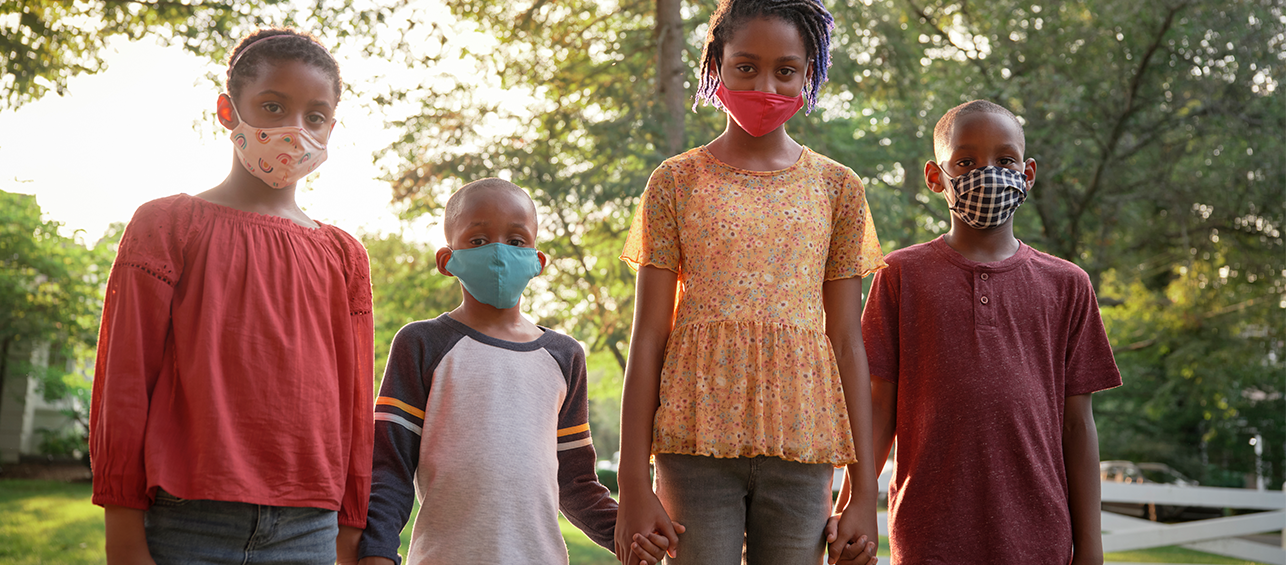This week (March 3-9) is National Patient Safety Awareness Week. Patient safety is priority number one at Cincinnati Children’s every day of the year, but you, our patient families, also play a critical role in making hospital stays as safe as possible.
In collaboration with children’s hospitals across the country, we’d like to share with you these six things you can do when visiting the hospital with your child to help us provide the safest possible care:
- BE A PATIENT ADVOCATE FOR YOUR CHILD. Don’t be shy. Ask questions about your child’s care, raise safety concerns you have or ask the caregiver to double check their chart before they act.
- WASH. Wash your hands and your child’s hands when entering and leaving the hospital, your patient room, the bathroom and any treatment rooms (such as x-ray); and be sure to wash if you have handled any soiled material.
- ENSURE THEY WASH TOO. Since you are part of your child’s health care team, do not be afraid to remind doctors and nurses about washing their hands before working with you – even if they are wearing gloves.
- STAY CLEAN & DRY. If your child has an intravenous catheter or a wound, keep the skin around the dressing clean and dry and let your caregiver know immediately if it gets wet or loose.
- KNOW THE MEDS. Ask for the names of the medications your child is receiving in the hospital and how it is expected to help your child. Caregivers will check your child’s identification band before giving a medication to make certain the correct medication is being given. If you don’t see this, ask staff to double check that the medication is for your child.
- BE PREPARED WHEN GOING HOME. When your child is ready to go home from the hospital, make certain you know what medications and/or treatments your child will need once home. Ask what you should watch for that will require a call to your child’s doctor and which doctor to call if questions come up. Also ask when your child will need to follow up with a physician appointment.
A national learning network of children’s hospitals – Ohio Children’s Hospitals’ Solutions for Patient Safety (OCHSPS) and the Children’s Hospital Association have collaborated to offer these tips. You can also learn more about a family’s role in patient safety via the National Patient Safety Foundation.





